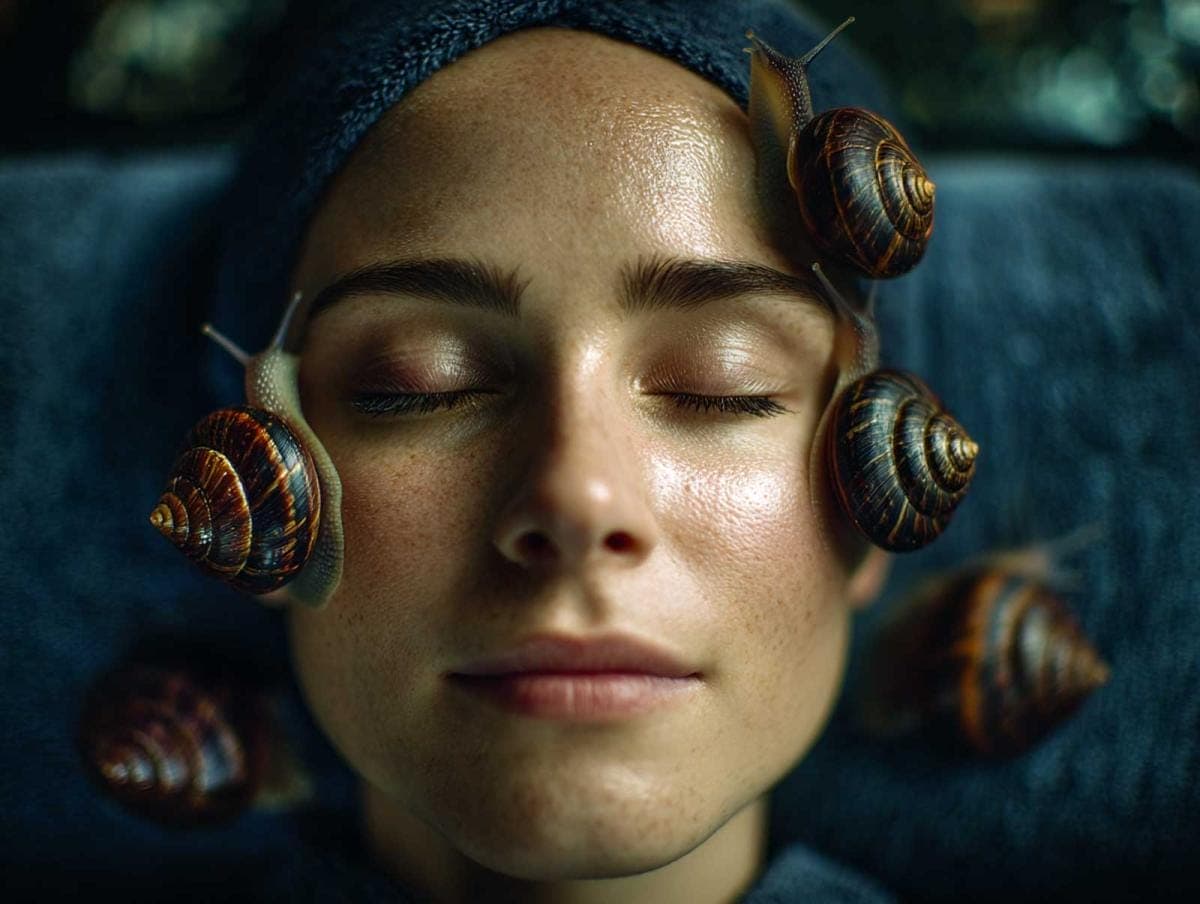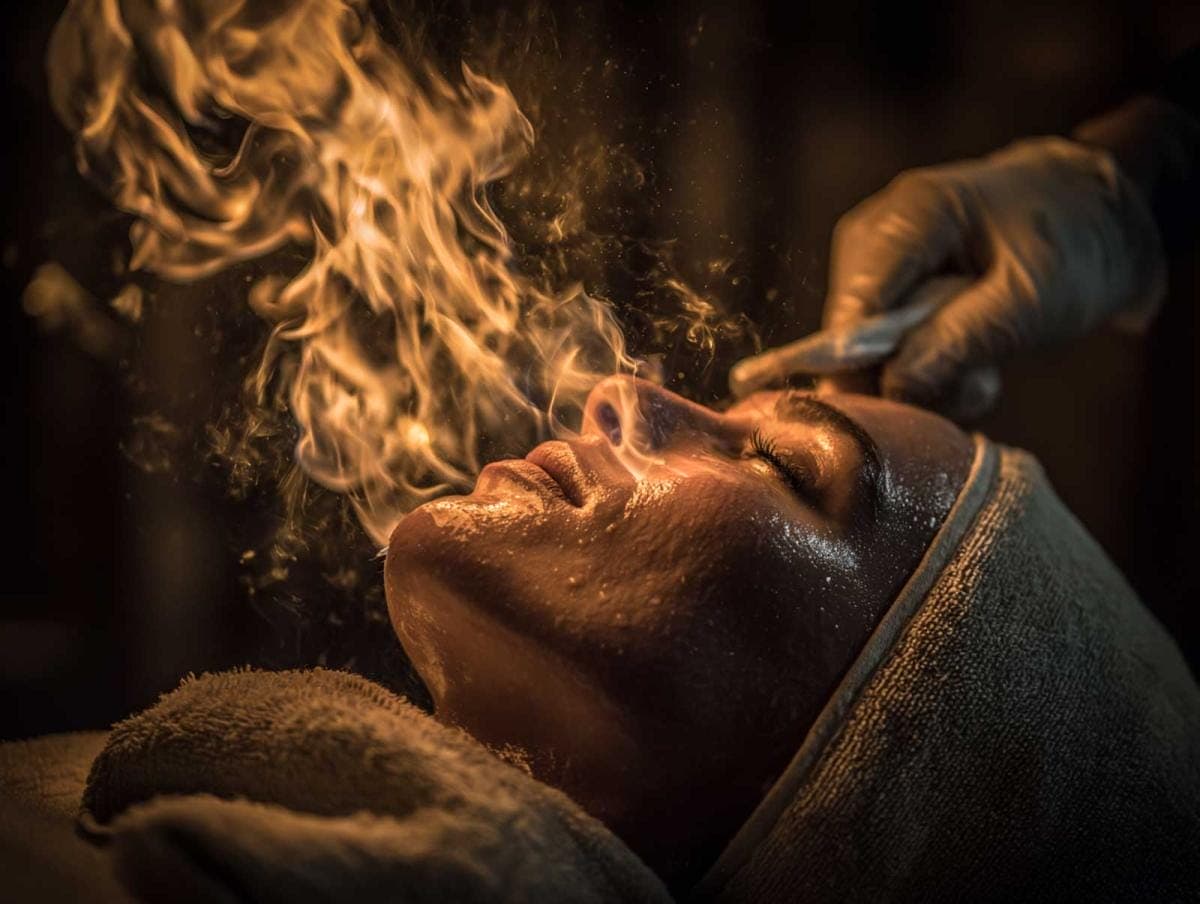Beauty, Skincare, Trends & Opinions
Beauty’s Strangest Secrets: 5 Bizarre Beauty Habits from Around the World
If you click on links we provide, we may receive compensation.
Beauty doesn’t follow a single rulebook. Across centuries and continents, people have turned to some of the strangest ingredients and rituals in pursuit of smoother skin, longer lashes, or a youthful glow. Some are deeply rooted in tradition. Others are just…odd. But almost all of them reveal something deeper about culture, belief, and what people are willing to do in the name of beauty.
Here are five truly bizarre beauty habits from around the world – and what they tell us about our shared obsession with appearance.
1. Bird Poop Facials in Japan
Let’s start with the obvious question: yes, it’s real bird poop. In Japan, there’s a centuries-old tradition of using nightingale droppings (also called uguisu no fun) as a facial treatment. These birds are fed a special diet, and their dried feces are sanitized with UV light before being milled into a fine powder. When mixed into a paste, it’s applied as a mask.
Why on Earth would someone smear bird excrement on their face? Because it’s packed with guanine (which gives skin a pearly glow) and enzymes that help break down dead skin cells. It’s a natural exfoliant with brightening effects – and it gained fame as a geisha beauty secret.
In more recent years, high-end spas in Tokyo, London, and New York have added it to their menu. It’s sold as a “geisha facial” or “Uguisu facial” and can cost anywhere from $180 to $300.
The ingredient isn’t just marketing fluff either. Urea and enzymes in the droppings help exfoliate and condition the skin, not unlike enzyme peels made from papaya or pineapple. Still, it’s one thing to use fruit acids. It’s another to reach for bird poop. Yet in the beauty world, results often speak louder than source material.

2. Snail Slime Therapy in South Korea and Thailand
If there’s one creature people never expected to see in skincare ads, it’s the garden snail. And yet, snail mucin has become a runaway hit in South Korea – one of the world’s biggest beauty innovation centers.
In the early 2000s, Korean researchers discovered that snail secretion filtrate (yes, the slime they leave behind as they crawl) contains proteins, hyaluronic acid, glycolic acid, and antimicrobial peptides.
Brands like COSRX, Benton, and Mizon jumped in. The rest of the world followed.
But in parts of Thailand, this fascination took a more literal route. Instead of just bottling snail extract, some spas began offering live snail facials. Clients lie down while live snails are placed on their face. As they slither across the skin, their slime is believed to hydrate, heal, and boost collagen.
It’s a bizarre experience to watch – and even stranger to try. But devotees say the natural trail they leave helps reduce inflammation and soften fine lines. Today, most snail skincare products rely on extracted and purified mucin rather than the actual snails. But the fact that the live version exists tells you how far people will go for smooth, bouncy skin.
3. Leech Therapy in Eastern Europe and Hollywood
The idea of using leeches for beauty might sound medieval. That’s because it is. In ancient Eastern Europe, leeches were used for bloodletting – the belief that removing “bad blood” could cure illness and restore balance. It was a medical treatment for centuries.
Fast forward to the 21st century, and leeches have made an unexpected comeback – this time in the skincare and spa world. Leech therapy is still practiced in Russia, Hungary, and Romania for both health and cosmetic purposes. Proponents claim leech saliva contains over 100 bioactive substances, including hirudin, which thins the blood, improves circulation, and helps detoxify the skin.
That boost in circulation is said to bring more oxygen and nutrients to the skin, resulting in a brighter complexion. Even celebrities got in on the trend. Actress Demi Moore famously admitted she had a leech detox treatment while in Austria. Of course, this isn’t something you can DIY. Medical-grade leeches are raised in controlled environments. And after one use, they’re euthanized – due to the risk of transmitting pathogens.
If you can get past the “ick” factor, leech facials are said to reduce puffiness, improve lymphatic drainage, and leave the skin glowing. But the science is mixed, and the visuals are definitely not for the squeamish.
4. Urine as a Skin Tonic in India and Elsewhere
Among the most eyebrow-raising beauty habits around the globe is one that doesn’t require a trip to a spa or a luxury store. In fact, it’s produced right in your own body.
Urine therapy, or amaroli in Ayurvedic tradition, is the practice of using one’s own urine – often the first morning stream – as a facial cleanser or toner.
This isn’t just fringe. Some practitioners in India, China, and parts of Africa have long used it in traditional medicine. And in recent years, wellness influencers in the West have picked it up too. The logic? Urine contains urea, uric acid, and other compounds that are already used in skincare. Urea, in particular, is a known humectant that hydrates the skin and exfoliates gently. It’s in many OTC creams for keratosis pilaris and dry skin.
Proponents say applying fresh urine can help with acne, eczema, and even fungal infections. Critics say it’s unnecessary and potentially irritating. There’s little formal research to back up urine’s benefits when applied raw to the skin. And the risks (especially if not used hygienically) can outweigh any perceived gain. Still, for those steeped in natural living or traditional Ayurvedic philosophy, it remains a topic of serious consideration.

5. Fire Facials in China
Yes, you read that right. Fire. On your face. In a treatment known as huǒ liáo (火疗), some Chinese spas offer what’s called a fire facial or fire cupping therapy. Here’s what it looks like: a towel soaked in alcohol and a “secret elixir” is placed on a specific area of the skin – often the face or back – and then set on fire for a few seconds.
The flame is quickly extinguished with another towel, and the heat is said to stimulate cell regeneration, reduce sagging, and improve dull skin. Practitioners claim the process promotes blood circulation and removes “cold” or stagnation in the body – a concept from traditional Chinese medicine.
Outside China, it’s often dismissed as reckless or even dangerous. But some beauty seekers believe the carefully controlled burn helps reboot the skin’s healing process, similar to the way a controlled peel or laser might work. Of course, risks are real. There have been reports of burns and accidents, especially when performed by untrained individuals.Still, the fact that people allow fire near their face – in the name of better skin – says everything about beauty’s power to override fear.
What These Habits Have in Common
From snail slime to fire therapy, these beauty rituals span cultures, centuries, and comfort zones. And while they may seem strange at first glance, they’re all driven by the same impulse: the desire to look better, feel better, and hold off the visible signs of aging. Here’s what they share beneath the surface:
Tradition + Innovation: Many of these practices are rooted in traditional medicine or folklore. But they’ve been updated and repackaged for modern audiences, especially through luxury spas and skincare lines.
Shock Value = Buzz: Whether it’s poop or fire, weird beauty trends tend to go viral. They generate media interest, celebrity endorsements, and curious customers. For some brands, being bizarre is a feature, not a flaw.
The Skin Barrier is a Target: Nearly all of these habits affect the skin’s outermost layer – through exfoliation, hydration, or stimulation. They aim to trigger the skin’s own repair response, increase collagen, or lock in moisture.
Risk vs Reward: Strange treatments often straddle the line between beneficial and risky. While some ingredients (like urea in urine or enzymes in bird droppings) do have proven benefits, the raw or unregulated versions can irritate or harm. And not all traditions survive scientific scrutiny.
Beauty is Deeply Cultural: What’s normal in one country may seem wild in another. But every culture has its beauty taboos and its sacred secrets. What matters is the value people assign to these rituals – and the stories they tell about beauty.
FAQs
Are bird poop facials safe?
When properly sanitized and processed, the nightingale droppings used in geisha facials are considered safe for topical use. They’re treated to remove bacteria and are applied in small amounts. But people with very sensitive skin should patch test first.
Does snail slime really help skin?
Yes. Snail mucin contains ingredients like glycolic acid and hyaluronic acid, which help with hydration and exfoliation. It’s widely used in Korean skincare and has shown results in improving skin texture and elasticity.
Is urine therapy dangerous?
There’s no strong evidence that urine is effective for skincare, and using raw urine on the face can introduce bacteria. Dermatologists generally don’t recommend it, although processed urea is safe and beneficial in skincare.
Can fire facials cause burns?
Yes, absolutely. Fire facials should never be done outside of a trained clinical or therapeutic setting. The risk of burns is real and serious.
Why do people use leeches in beauty treatments?
Leech saliva contains compounds that improve blood flow and reduce inflammation. While it’s been used traditionally in Eastern Europe, the cosmetic benefits are still debated in scientific circles.




